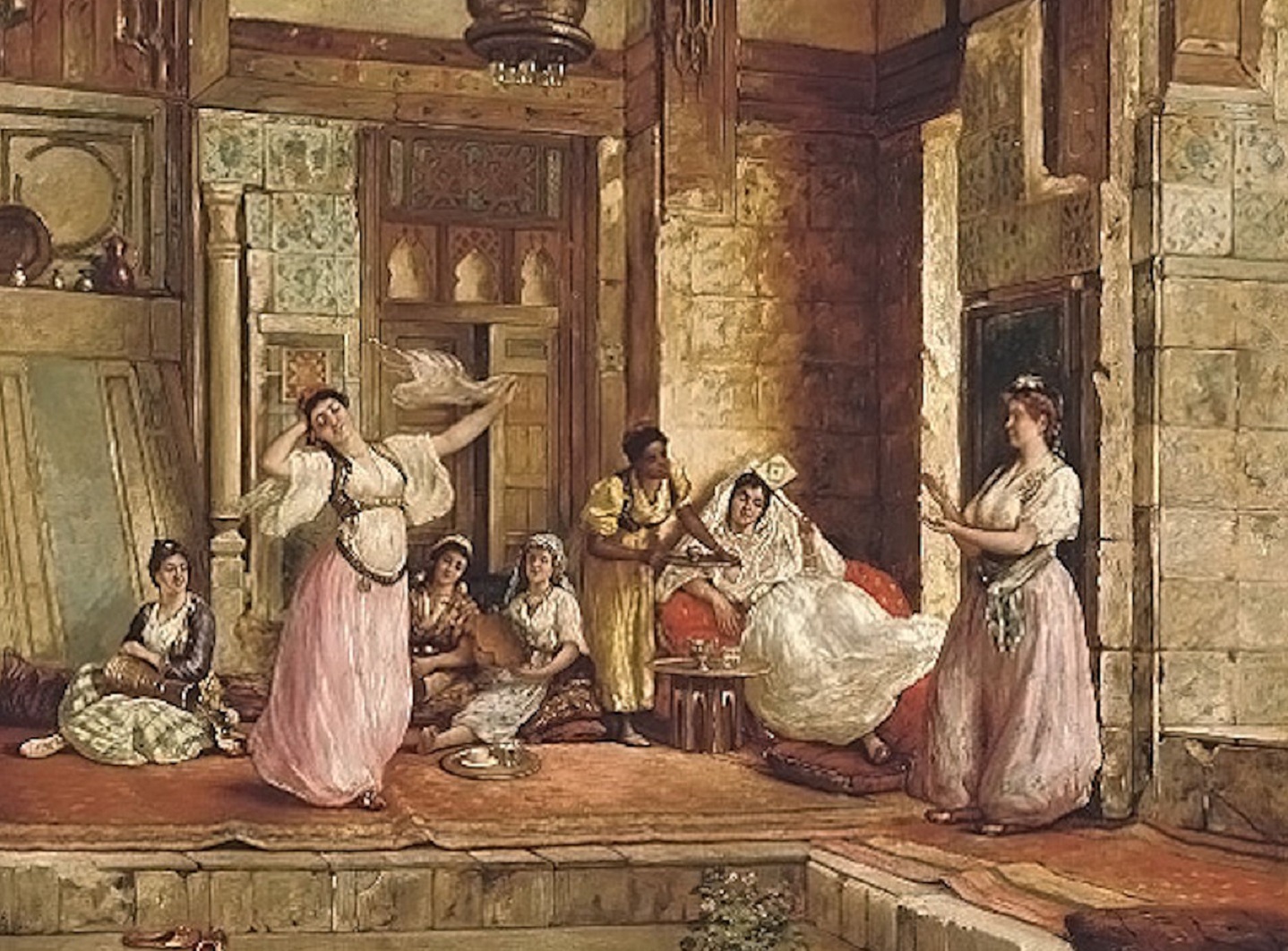
Topkapi Palace’s Cariyeler and Kadınefendiler Hammam was opened to visitors for the first time in its history
The Cariyeler and Kadınefendiler Hammam, one of the oldest buildings of Topkapi Palace, was opened to visitors for the first time in its history after meticulous restoration works.
Topkapi Palace was started to be built in 1465 after Mehmed the Conqueror conquered Constantinople in 1453 and was completed in 1481.
Topkapi Palace is a historical palace in Istanbul, which was the political and administrative center of the Ottoman Empire for 400 years. The palace is located in Sarayburnu at the intersection of the Marmara Sea, the Bosphorus and the Golden Horn.
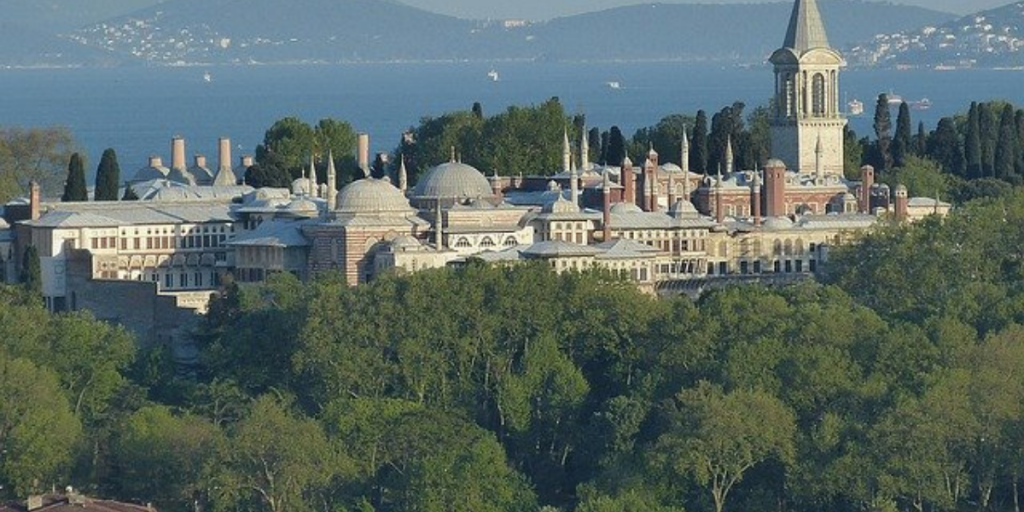
The palace was used as the residence of the Ottoman sultans until the 19th century.
📣 Our WhatsApp channel is now LIVE! Stay up-to-date with the latest news and updates, just click here to follow us on WhatsApp and never miss a thing!!
The most mysterious structure of Topkapi Palace, which has a large complex of four main courtyards, has always been the Harem section.
In the Ottoman Empire, the harem was a special part of the palace where the sultan’s wives, concubines, children and servants lived. The harem was one of the most important parts of the palace and was closed to outsiders.
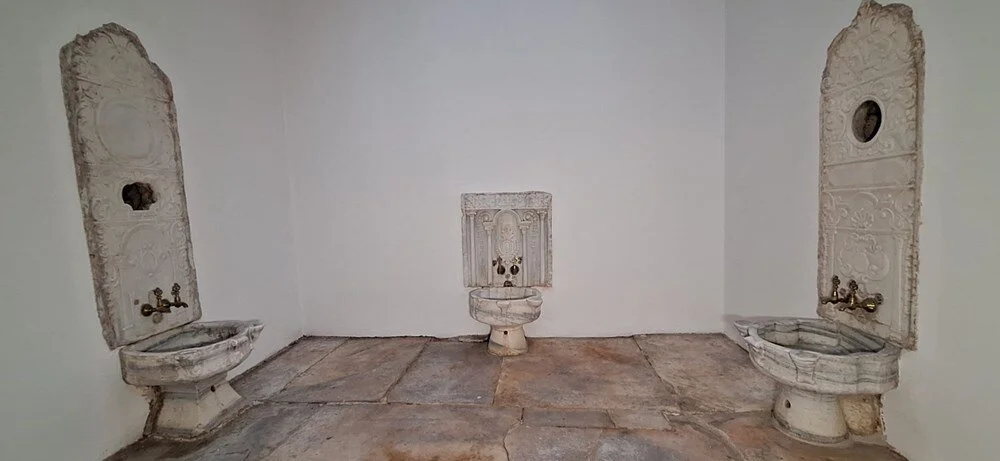
The harem was a large complex consisting of many rooms, a hammam, a garden and a masjid.
After the restoration works planned by the Presidency of National Palaces in stages in the Harem section of Topkapi Palace, the mysterious Cariyeler and Kadınefendiler Hammam of the palace was opened to visitors for the first time in its history.
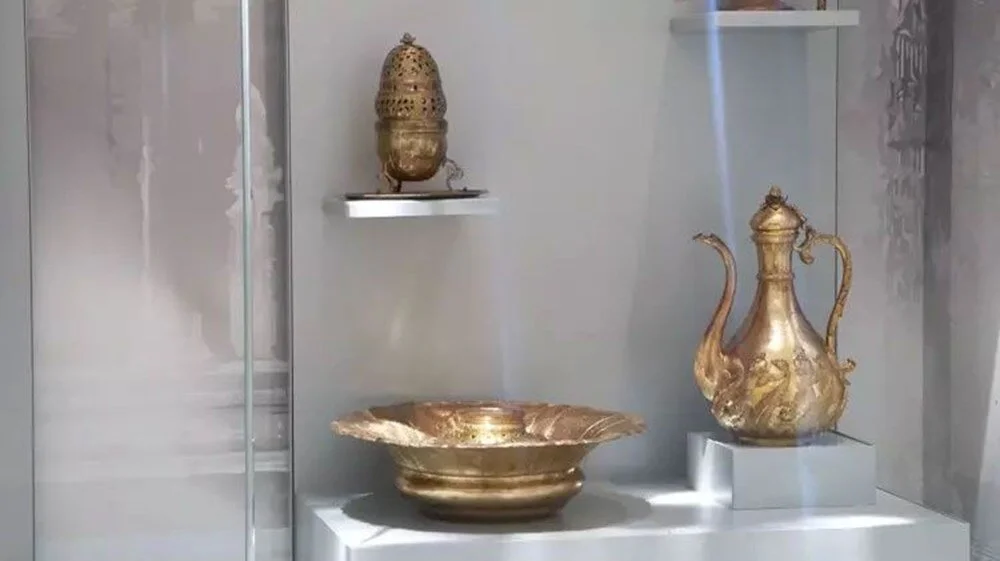
Nearly 120 artifacts reflecting the characteristics of the period and the bath culture are exhibited in the restored bath.
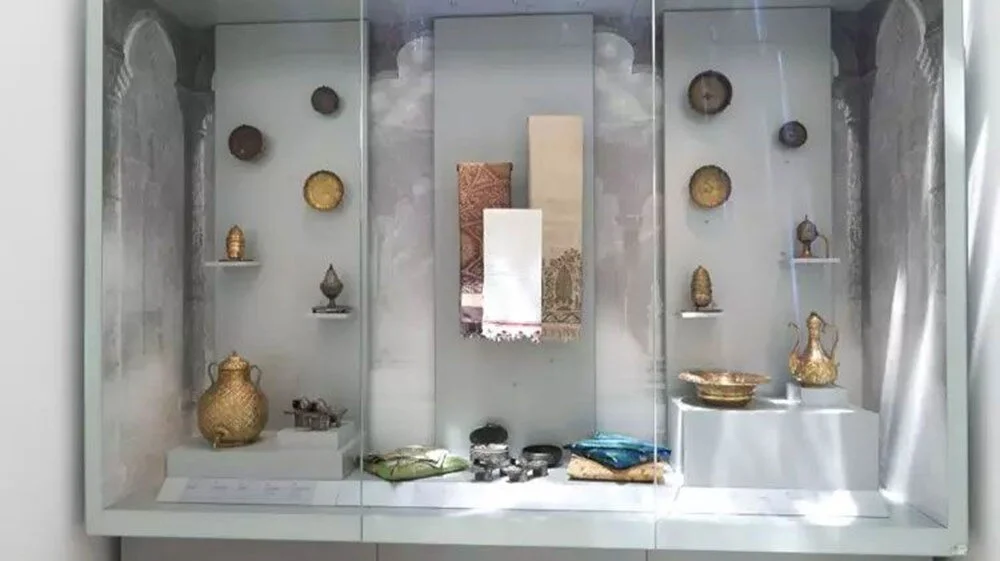
Following the bath, the other sections of the Cariyeler and Kadınefendiler stone, whose restorations are nearing completion, are planned to be opened to visitors within the year.
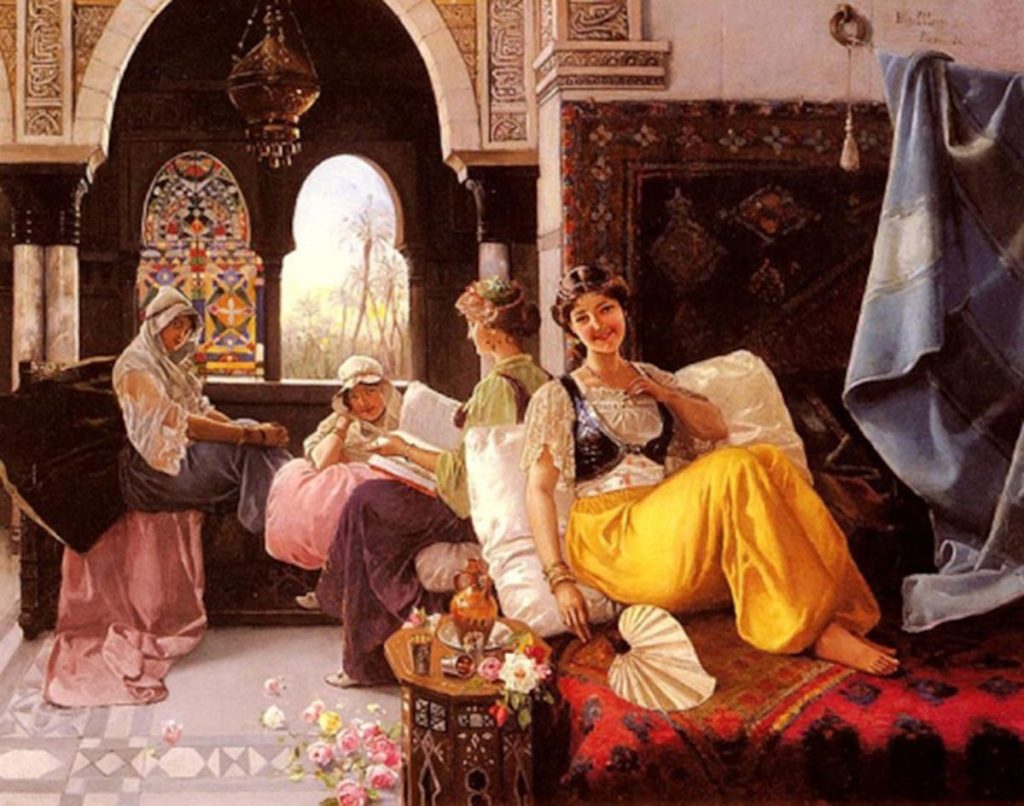
İlhan Kocaman, Head of National Palaces Topkapı Palace Department, said the following about the Kadınefendiler Stone. “The living spaces of concubines are usually the areas around that stone. They carry out their services there, they sleep there. They come there at a young age.They first receive an education here, and some of the concubines who pass this education are selected as favorites. Then they become ikbal and women’s mistresses for the sultan. Since they are given to the Sultan as children, some of them end up in the Valide Sultan’s household. Some of them are later married off to pashas and other state administrators in line with the education they receive, and some of them stay in the palace.”
You may also like
- A 1700-year-old statue of Pan unearthed during the excavations at Polyeuktos in İstanbul
- The granary was found in the ancient city of Sebaste, founded by the first Roman emperor Augustus
- Donalar Kale Kapı Rock Tomb or Donalar Rock Tomb
- Theater emerges as works continue in ancient city of Perinthos
- Urartian King Argishti’s bronze shield revealed the name of an unknown country
- The religious center of Lycia, the ancient city of Letoon
- Who were the Luwians?
- A new study brings a fresh perspective on the Anatolian origin of the Indo-European languages
- Perhaps the oldest thermal treatment center in the world, which has been in continuous use for 2000 years -Basilica Therma Roman Bath or King’s Daughter-
- The largest synagogue of the ancient world, located in the ancient city of Sardis, is being restored











Leave a Reply